Free DIY Guide! How To Improve Air Tightness on Your Existing Home
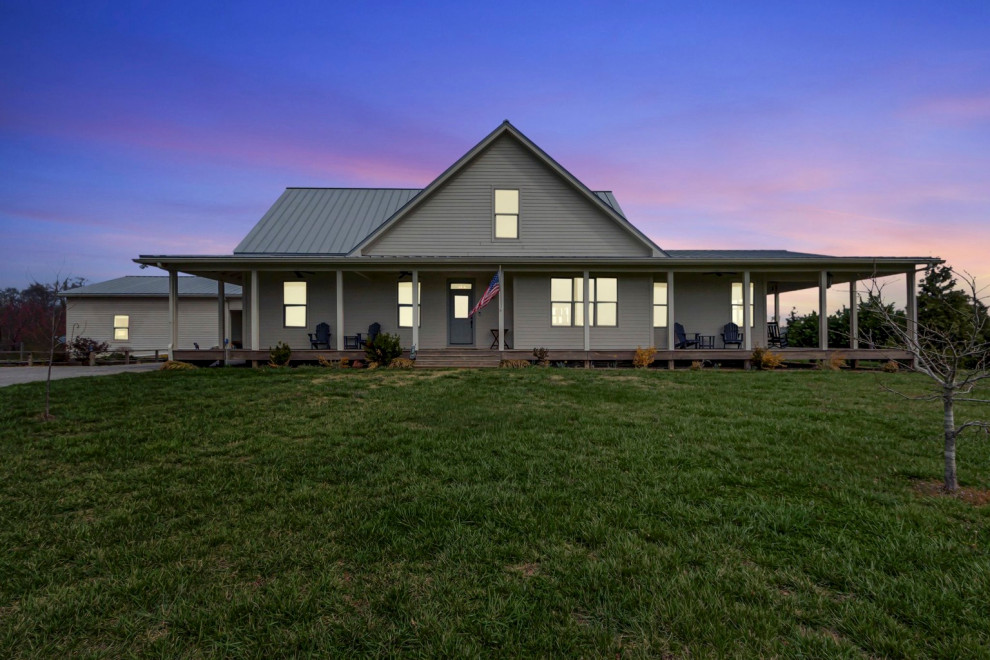
Why Air Tightness Matters
Did you know that air leakage can account for 25-40% of heating and cooling losses in homes? A typical home has enough small air leaks to equal a 2-foot square hole in the wall. That air leakage brings unwanted mold spores, dust, pollen and pollutants into your home.
Air leakage takes place anywhere that there is a penetration or point of discontinuity in the air barrier of the home. For modern high performance homes, the air barrier is created outside, behind the home’s siding. This is achieved with tapes, sealants and materials to seal all cracks and penetrations in the homes walls. Think of this as a Yeti cooler for your home. For most older homes though, the air barrier is the drywall inside. Therefore, every switch, outlet, smoke detector, exhaust fan, can light, HVAC registers and returns, speakers etc. are opportunities for outdoor air to enter the building.
Health Implications
In a time where health concerns are a regular topic of conversation, home owners must understand the potential health hazards they can expose their families to when things like air leakage are overlooked. At Southern Hills, we only work in climate zone 4. Climate zone 4 experiences about 70 days per year where the relative humidity exceeds 70%. Moisture and humidity are the fundamental reason for mold and microbial growth. In fact, molds and viruses can grow up to 2-3 times faster in high humidity environments above 70% relative humidity. For those that might be immunocompromised, a leaky home in a humid climate can present serious health risks. For the less high-risk but still sensitive population, living in a leaky home is just uncomfortable. Leaky homes allow more particulates and dust to flow into the home which can cause seasonal allergies to flair up while indoors. These particulates settle on carpets, bedding, and pillow cases creating the inability to get away from their affects.
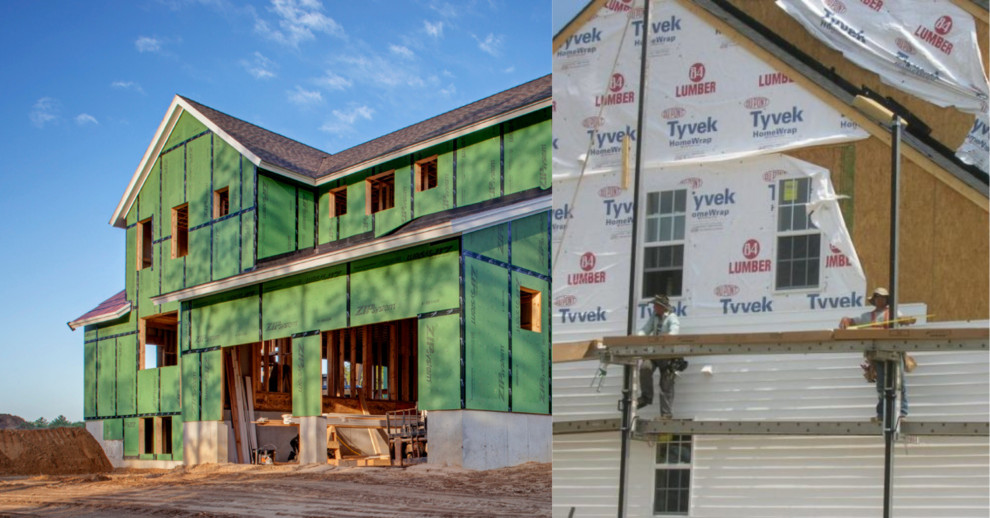
High performance (left) / low performance (right)
What can you do about it?
The opportunity to remedy the core-problems vary somewhat based on the age and building-style of the home, budget, and skill level of the homeowner or service professional. However, there are a number of things that even an unskilled homeowner with a modest budget can put in place to make a big impact with a small amount of work and cost. Southern Hills Construction has compiled a free guide below for homeowners who care about the health of their families and aren’t afraid of getting their hands a little dirty to improve the indoor air quality of their homes. Unfortunately, the most highly-impactful improvements to a home’s air tightness are only available while the home is under construction. This guide will only focus on remedies that are available for a finished home.
Are You Interested in Building a New Home?
At Southern Hills Construction, our team is trained as building envelope experts. If indoor air quality, health, and comfort are top of mind for your next build or renovation please reach out below
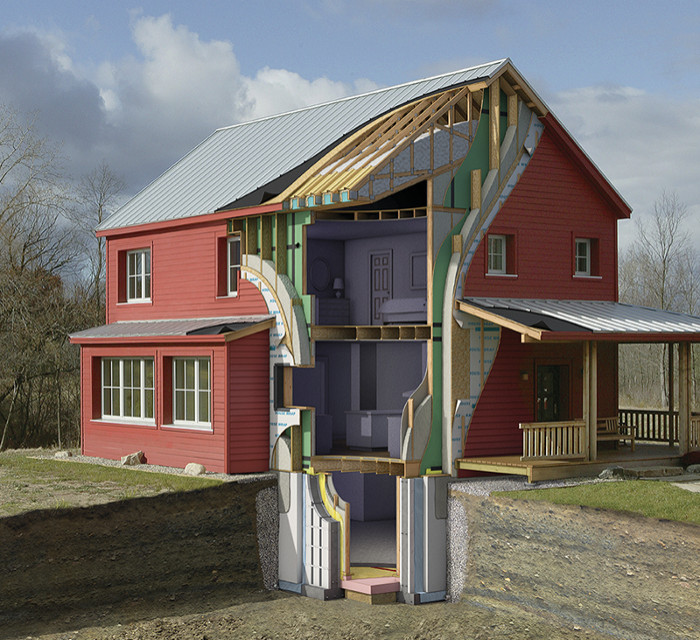
DIY-Friendly Diagnostic Strategy
With the help of a simple tool like this theatrical fogger, homeowners can easily find the areas of greatest offense in their home in terms of air leakage. Best results will be found during a mechanical pressurization or depressurization of the home with a blower door test. This is a professional service and if it isn’t possible to have one completed, we recommend waiting for a windy day to test with fog. Similar results should be possible. Here is a video to demonstrate a smoke test of your home.
Materials You'll Need:
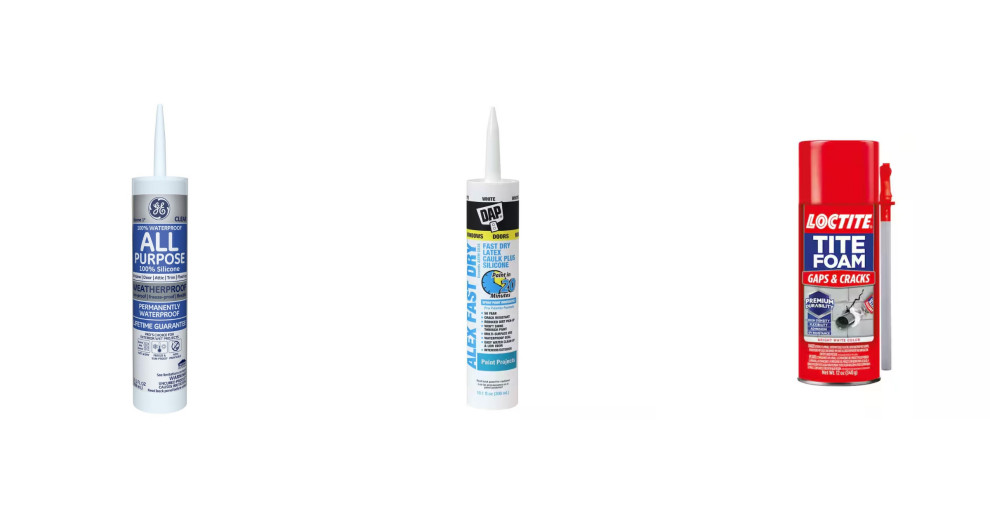
Key Areas to Address:
1. Windows & Doors
- Apply weatherstripping around movable components
- Use caulk for fixed joints where the windows meet the trim or drywall
- Install door sweeps on the base of exterior doors
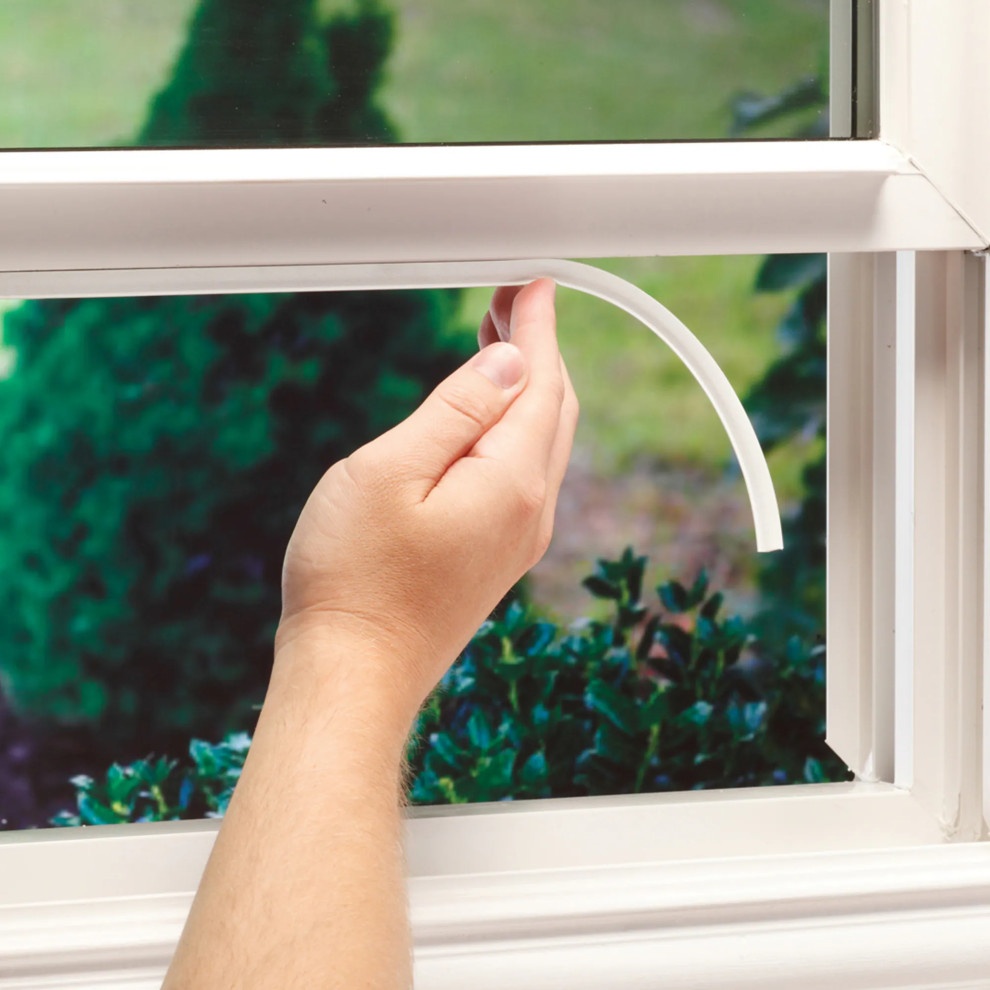
2. Penetrations & Gaps
- Seal all electrical outlets and switch boxes with can foam and/or caulking. Trim excess foam with a simple utility knife.
- Ensure to turn off electrical circuits of the work area whenever work is being done in an electrical junction box
- Address gaps around plumbing pipes and wiring penetrations with can foam
- Seal HVAC duct penetrations and register boots with can foam
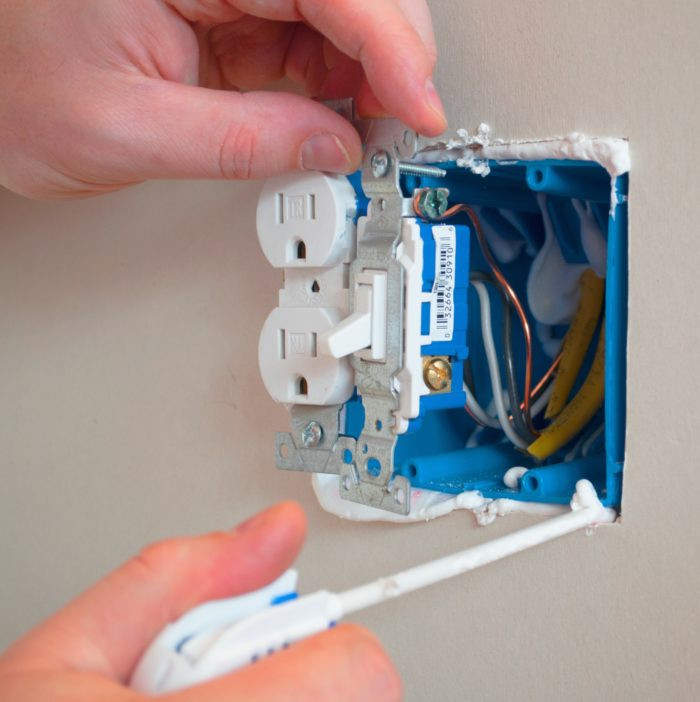
3. Attic & Basement
- Seal the attic hatch with weatherstripping
- Foam seal around chimney and vent penetrations
- Foam seal around all attic ceiling penetrations from above- can lights, exhaust fans, smoke alarms, ceiling fans, HVAC registers, etc.
- Ensure you are wearing a mask when working around insulation in attics and crawlspaces
- Address the rim joist in basements with spray foam
- Seal utility penetrations or all purpose silicone
- Install an attic ladder insulation device
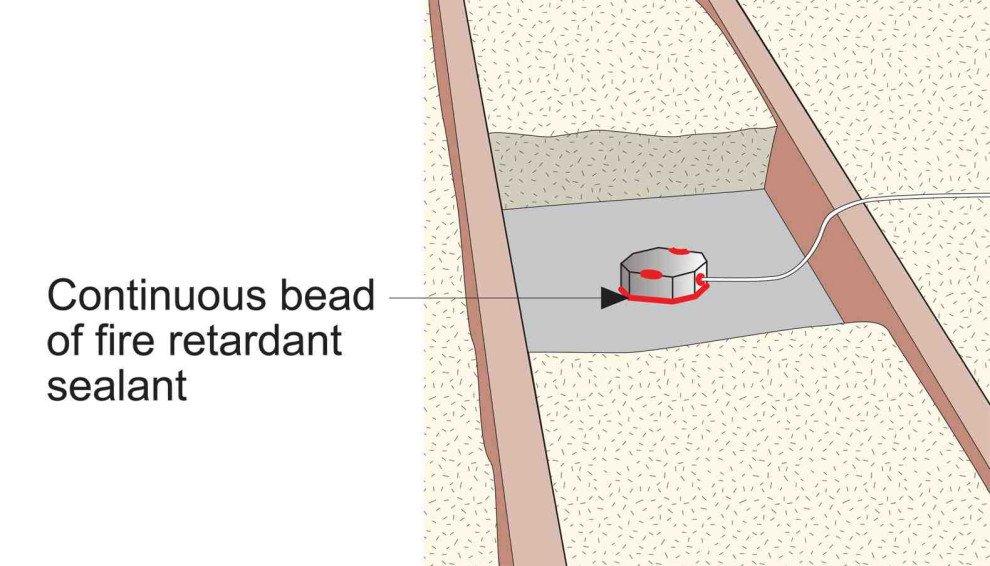
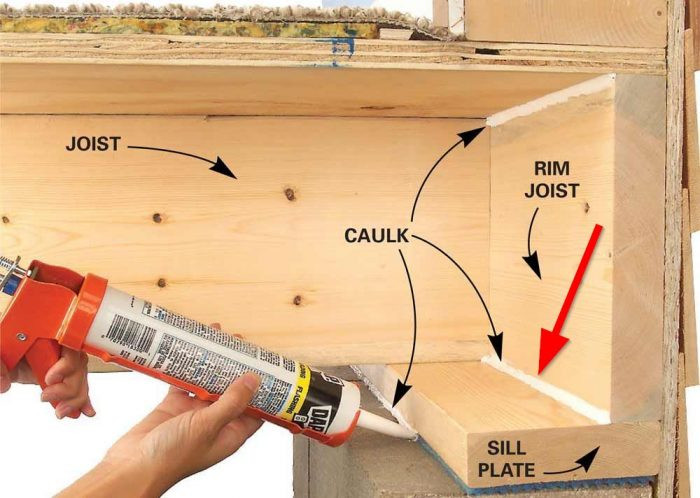
4. Ventilation Considerations
- Consider installing bathroom and kitchen exhaust fans
- Look into whole-house mechanical systems such as dehumidifiers, filtration, and ERVs.
- Never seal combustion appliance vents or cover safety vents
Some of these pieces of mechanical equipment can be expensive; especially as retrofits. Quality stand-alone dehumidifying and filtration units are readily available and really do work! In the humid south, every house should, at the very least, implement a dehumidification strategy that keeps the home's humidity level between 40-50% all year. This is the quickest and easiest way to mitigate air quality risks presented by mold and virus growth of a humid indoor environment.
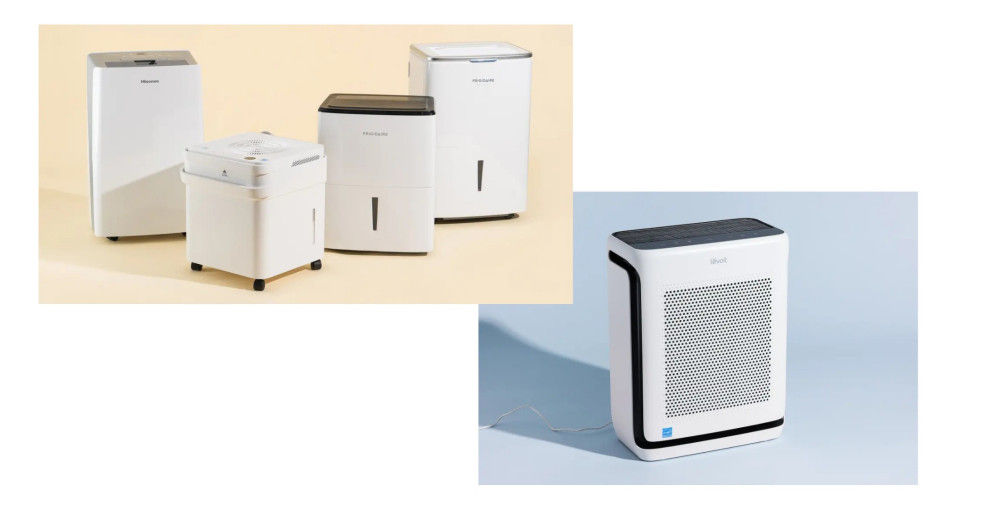
Testing & Verification
Professional blower door tests can identify leaks and measure improvement. Many utility providers offer energy audits that include this service.
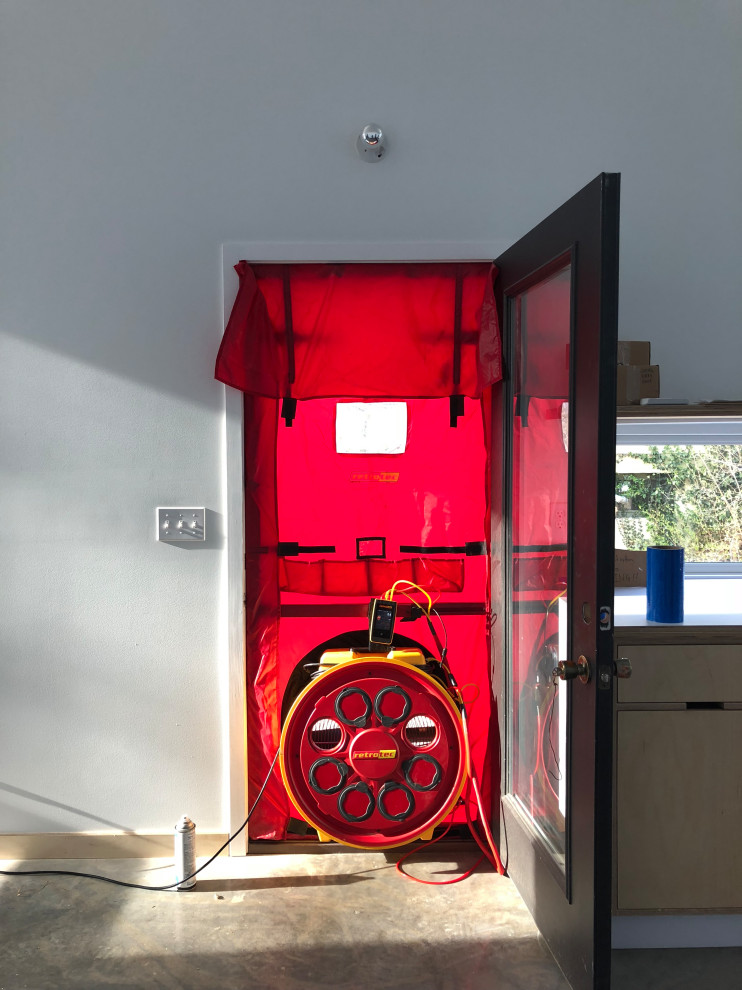
Noticeable Outcomes
Energy Savings
Reduce heating and cooling costs by up to 20%*
Comfort
Eliminate drafts and maintain consistent temperatures
Durability
Prevent moisture damage and extend building life
Questions?
Disclaimer: Southern Hills is not compensated by any product manufacturer represented above. All suggestions made are based on best practices in building envelope construction and management. The best quantitative data and testing will always be achieved by a licensed professional with the proper diagnostic equipment.
